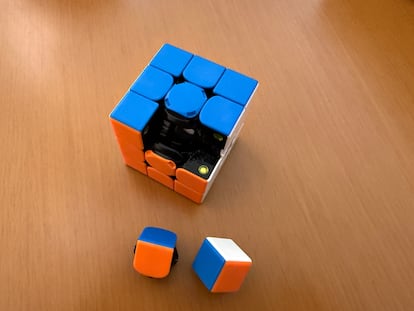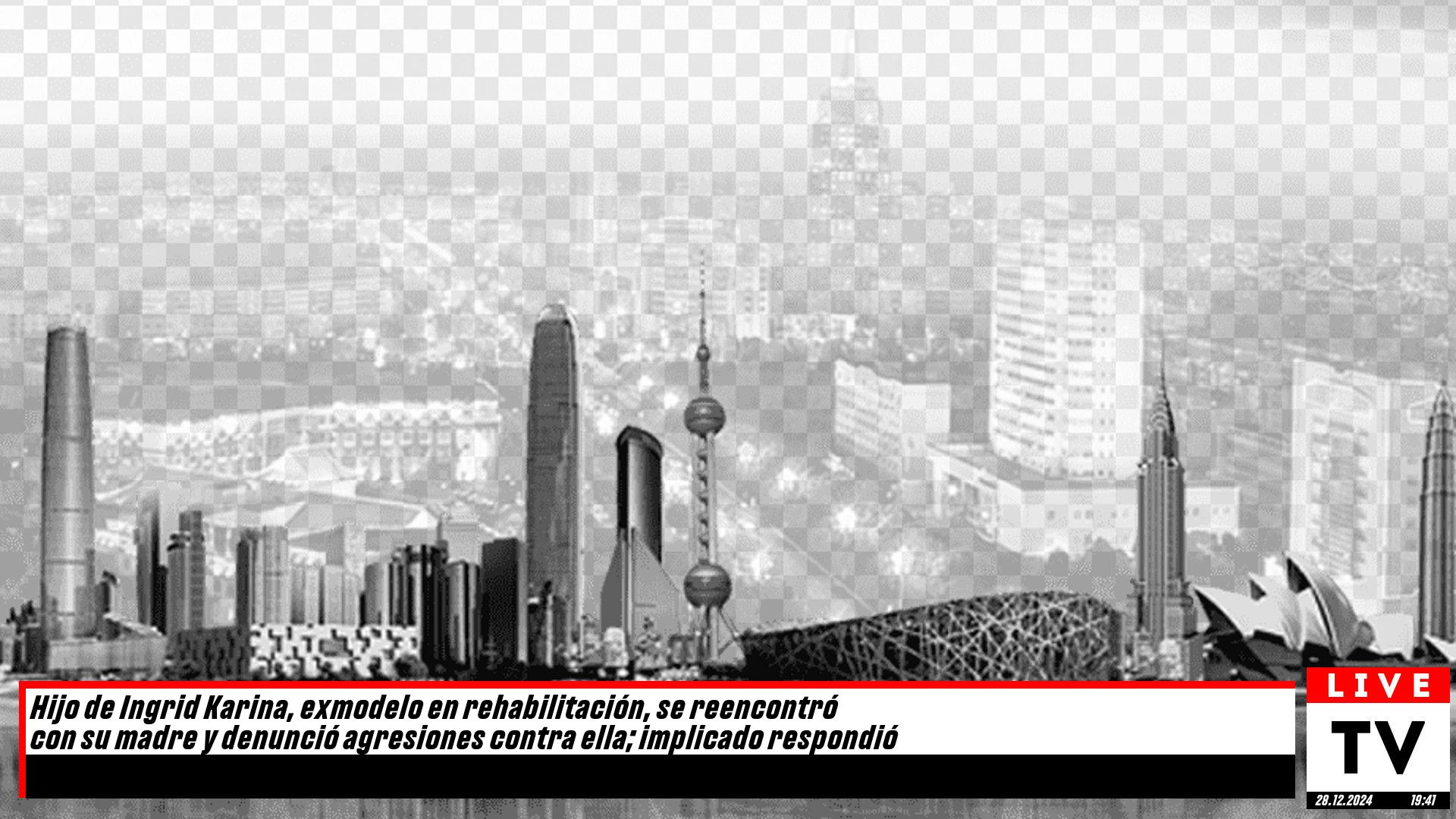"50 Años del Cubo Rubik: ¿Es posible resolver un rompecabezas alterado?" | Ciencia | EL PAÍS Inglés

En 1974, el profesor de arquitectura Ernö Rubik ideó una herramienta novedosa para ilustrar conceptos geométricos a sus estudiantes en la Escuela de Artes Comerciales de Budapest. Medio siglo después, el Cubo de Rubik no solo se ha consolidado como uno de los juguetes más vendidos de la historia, sino que también ha inspirado una cultura global. Se celebran torneos dedicados al cubo en todo el mundo, se han creado innumerables variaciones de diseño, e incluso ha suscitado interrogantes de interés entre investigadores matemáticos. Por ejemplo, si se manipula el cubo —desprendiendo stickers y reorganizándolos, o desarmando y volviendo a ensamblar sus piezas—, ¿podrá seguir resolviéndose?
The study of the Rubik’s Cube utilizes an area of mathematics known as group theory. This framework allows us to describe the cube’s movements in abstract terms and, for example, to show that the original cube can always be solved — i.e. each face can be made a single, unique color — in 20 moves or fewer, regardless of the initial arrangement. But what happens if the design is slightly modified?
To answer this question, we use the concept of a legal configuration, which refers to any state of the Rubik’s Cube that is solvable. All legal configurations can be achieved from the solved cube by concatenating movements that involve rotating one side of the cube by 90 degrees. Essentially, the configuration can be reversed by retracing the steps used to solve it. There are a total of 43,252,003,274,489,856,000 legal configurations, and each of these configurations is an element of a mathematical structure that we call a group.


"Los colibríes: maestros de la vida extrema y su sorprendente adaptación" | Ciencia | EL PAÍS Inglés

"Vega: La Estrella que Brilla Más Allá del Sol"

"Cabalgando hacia la tradición: La pesca de camarones revive en Bélgica" | Cultura | EL PAÍS English

Cuando los intelectuales apoyan el fascismo: una reflexión contemporánea | Cultura | EL PAÍS English

Jon Lee Anderson advierte: “No puedo descartar una guerra civil en EE. UU.” | Cultura | EL PAÍS English

¡Alerta en Chocó! Un policía y un ingeniero son secuestrados durante un paseo en lancha.

